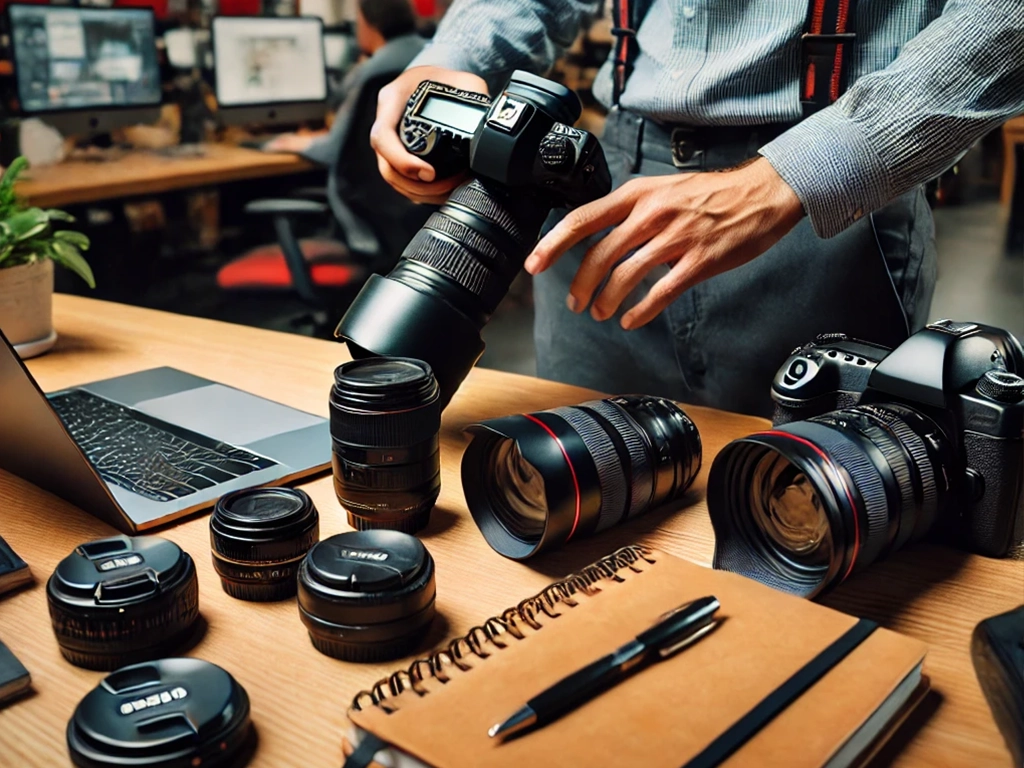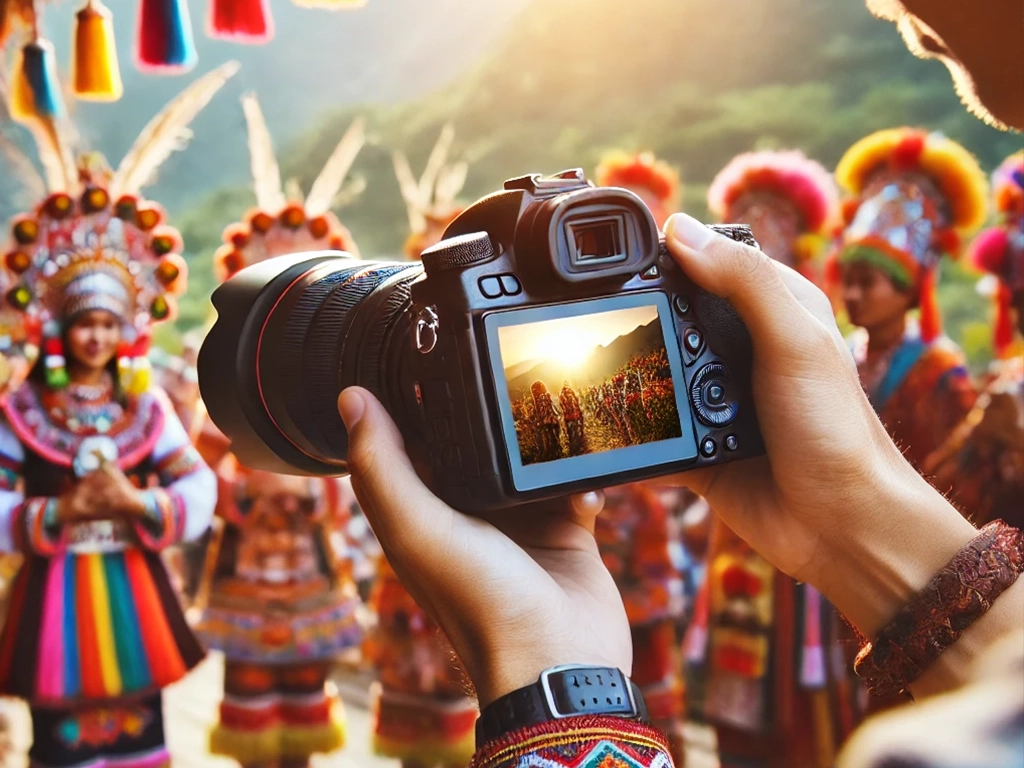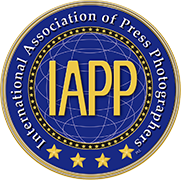Photojournalism is a craft that combines artistry with storytelling and requires the ability to capture compelling images and weave them into narratives that resonate with audiences. The path to creating impactful stories requires careful preparation, skillful implementation on the ground, and strategic publishing.
This guide explores all stages of the photojournalistic process, from conceptualizing a story to presenting it to the public. We also discuss practical tips, the importance of ethical practices and how IAPP membership supports journalists to achieve maximum impact.
Why it’s important to write impactful stories
In today’s media-saturated world, the ability to tell a strong story can set a journalist apart. Audiences crave authentic narratives that evoke emotions, provide insights, and promote understanding. For photojournalists, the goal is not only to take great pictures, but also to create stories that leave a lasting impression.
Whether you’re documenting a cultural festival, a social issue, or breaking news, your work has the potential to educate, inspire, and drive change.
Step 1: Plan your job
Preparation is the basis for effective storytelling. A well-researched and structured approach will ensure that you are ready to capture meaningful images and collect important details.
- Define the purpose of your story
Before anything else, ask yourself:
- What message do I want to convey?
- Who is my target group?
- Why is this story important?
- Research your topic
The more you know about your subject, the better you can anticipate moments and angles that will enrich your story. Dive into:
- Background information on the topic
- Historical and cultural context
- Important people or events involved
- Choose the right tools
Your equipment should be tailored to the requirements of the job. Some of the most important things may include:
- A versatile camera with multiple lenses
- Additional batteries and memory cards
- Audio equipment for interviews
- Weather-resistant accessories for outdoor shoots

Step 2: Capture the story on the ground
Once you’re on the ground, your ability to adapt, observe, and engage becomes critical. In field work, preparation meets execution.
- Build trust with your subjects
Trust is the cornerstone of capturing authentic moments. To connect:
- Introduce yourself and explain your purpose
- Show respect for cultural norms and personal boundaries
- Be transparent about how the images are used
- Master the art of observation
Great photojournalists are patient observers. Check it out:
- Unscripted moments that reveal emotions or contexts
- Interactions that highlight relationships or dynamics
- Details that add depth to the broader narrative
- Experiment with composition
Even though the rule of thirds and the leading lines are staples, you should not shy away from creative risks. Consider:
- The play with shadows and lighting sets the mood
- Using Wide Angles for Ambient Context
- Inclusion of foreground elements for depth
- Record a series of shots
A variety of images allows for a richer narrative. Goal:
- Establishing Shots: Wide angles that set the scene in the limelight
- Medium shots: Focused on action or interaction
- Close-ups: Details that convey emotion or texture
- Maintain ethical integrity
Ethical storytelling means respecting the dignity of your subjects. Avoid staging scenes or misrepresenting the context of your images.

Step 3: Edit Your Visual Narration
The cut is the place where the raw material is transformed into a cohesive story. It’s all about selecting, refining, and arranging your images to maximize impact.
- Curate your best images
Review your recordings with a critical eye. Ask yourself:
- Does this image contribute to the story?
- Is it visually striking?
- Does it arouse emotions or do it provide insights?
- Sequence with purpose
Arrange your images so that they guide the audience through the narrative. Consider:
- Start: Prepare the stage with a recording
- Middle: Highlight important events or interactions
- End: Leave the audience with a strong final image
- Edit wisely
While adjustments to brightness, contrast, and color are standard, you should avoid excessive editing. Authenticity is crucial in photojournalism.
Step 4: Write the accompanying text
A well-written article or caption can enhance your images, provide context, and amplify the impact of the story.
- Create a strong introduction
Start with an engaging lead that grabs attention. This could be:
- An anecdote
- A convincing quote
- A surprising statistic
- Provide context and background
Help your audience understand the bigger picture by including:
- Historical or cultural insights
- Involved metrics or events
- The further implications of the story
- Use descriptive language
Paint a picture with your words. Instead of “a gathered crowd,” describe “a living crowd of thousands whose voices rise in unison under a sea of waving banners.”
- Insert quotes
Let the voices of your subjects be heard. Authentic quotes add depth and authenticity to your narrative.

Step 5: Publish and promote your work
It’s just as important to get your story to the right audience as it is to create it. The publishing phase ensures that your efforts have the intended effect.
- Choose the right platform
Consider which medium is best for your story:
- Online publications for a wide reach
- Print magazines for in-depth reports
- Social media for real-time updates
- Write Engaging Captions
A strong caption complements your images by adding context or background without overshadowing the images.
- Optimize for search engines
Use SEO-friendly headlines and keywords to increase discoverability. For example:
- “How photojournalists write stories that inspire change”
- “Behind the Lens: Telling Stories Through Images”
- Interact with your audience
Interact with readers or viewers through comments and social media. Sharing content behind the scenes can also generate interest and loyalty.
Step 6: Leverage IAPP resources
The International Association of Press Photographers (IAPP) provides invaluable support to photojournalists at every stage of their work.
- Access to exclusive opportunities
IAPP members get access to global events, private assignments and interviews that enrich their stories.
- Skills development
The workshops and webinars offered by the IAPP focus on:
- Visual storytelling techniques
- Ethical Journalistic Practices
- Digital Tools for Photojournalists
- Publishing Platforms
IAPP provides a platform for members to showcase their work, ensuring visibility among editors, peers, and audiences worldwide.
- Networking and collaboration
Networking with other professionals through IAPP fosters collaboration and mentorship, leading to stronger stories and career growth.

Inference
The journey from field to release is as rewarding as it is challenging. Every step – planning, recording, editing, writing, and publishing – requires skill, dedication, and a commitment to the truth.
By honing your craft and leveraging the resources of organizations like IAPP, you can create stories that not only inform, but also inspire change. In a world full of noise, your work has the power to amplify voices, highlight problems and make a difference.
If you’re ready to step up your storytelling, consider joining IAPP to gain access to the tools, connections, and opportunities that will take your photojournalism to the next level.

